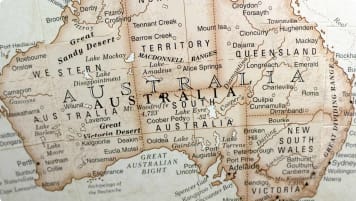Designing Melbourne, Victoria
The grid layout of central Melbourne did not just happen.... Read and learn more and consider joining a small group package tour for mature and senior travellers to this city for couples or singles. Spend a week exploring Melbourne it's arcades and Victorian architecture created on the back of the wealth from the gold rush.
26 Jun 20 · 9 mins read
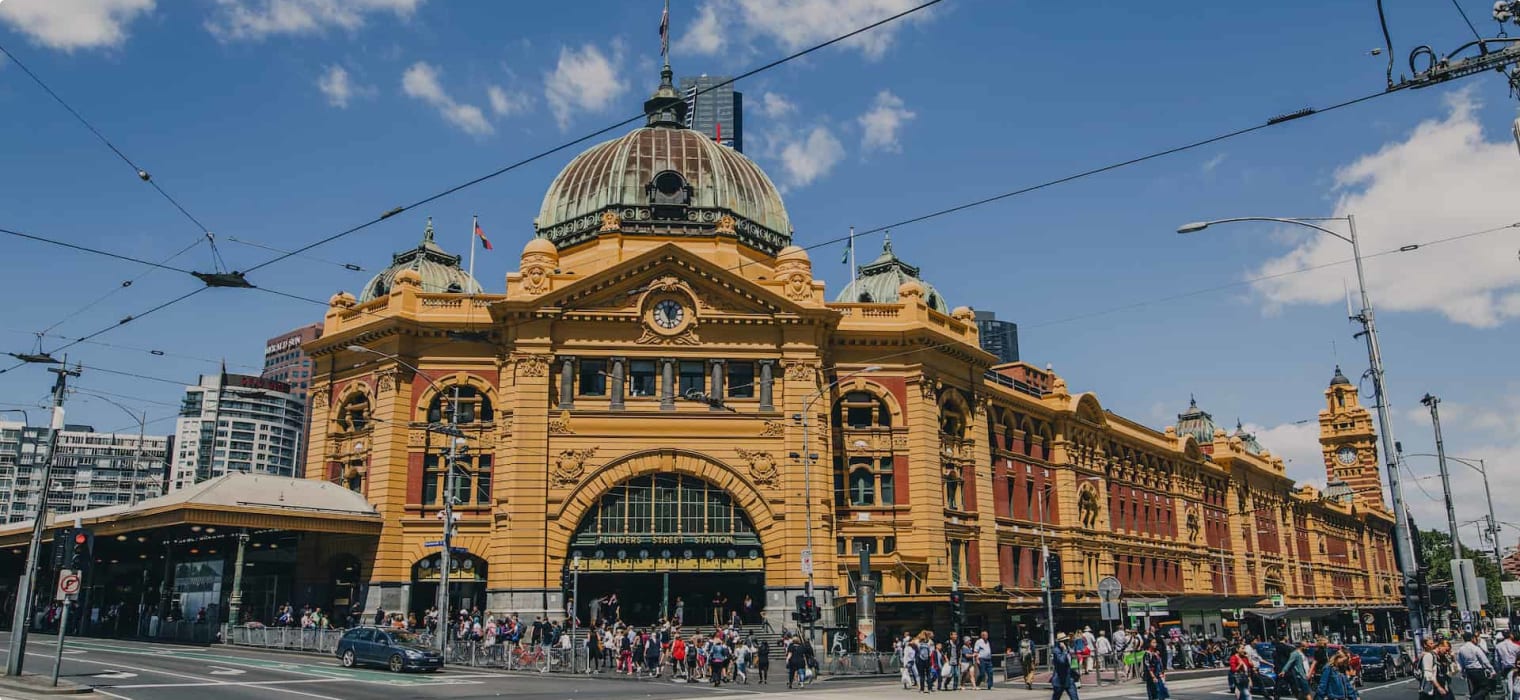
Designing Melbourne, Victoria
For more than seven years, Melbourne has ranked top among the world’s most liveable cities, recognised for its urban planning and cultural vibrancy. And while some might attribute this to the good coffee, tram network, and vibrant laneway culture, Melbourne‘s success today can also be understood as owing to much earlier planning decisions, made in the 19th century, when ‘Marvellous Melbourne‘ was one of the richest and biggest cities in the world.
In this article, we will trace some of the key planning decisions that made Melbourne the city we know and love today.
The Hoddle Grid:
When surveyor Robert Hoddle reached Melbourne in 1837, what he found was not particularly inspiring. The town – then an illegal settlement – had been founded only two years prior, when the Tasmanian grazier John Batman had brokered a deal with the local Kulin people. Batman’s treaty (the only one signed in Australian history) was rather suspicious – he had brought Aboriginal people from Sydney, who did not speak the Kulin language as ‘interpreters’, and the contract seemed to have been signed several times by the same man – and was soon declared illegal by the government of New South Wales. Nonetheless, settlement continued apace, reinforced by another group of settlers led by the Launceston publican John Pascoe Fawkner.

Hoddle had accompanied the New South Wales Governor, Richard Bourke, to help take control of the chaotic new settlement. Working closely together, they agreed that the city should follow a linear structure, with straight lines intersecting straight lines. The men had grand ambitions for the new settlement, with the grid that they laid out much bigger than was required for a settlement of only 4000 people.
However, Hoddle and Bourke would clash on the form that the new city should take. Hoddle wanted to follow regulations that had been set out by the previous governor of New South Wales, requiring wide streets and square blocks, while Bourke wanted rear access to buildings. Bourke wanted the streets to be 66 feet wide, but Hoddle insisted that they be 99 feet, and successfully convinced the Governor ‘that wide streets were advantageous on the score of health, and convenience to the future city of Victoria.’ In return, Hoddle agreed to the Governor’s demand that he create 33 feet wide narrow lanes, the ‘Little’ streets that run parallel to Melbourne’s main streets today, such as Little Collins Street, Little Bourke Street, and Flinders Lane.
The Hoddle Grid was unusual because – while most city grids were set out north-south/east-west – Hoddle’s design was on an axis, running parallel to the Yarra River. As Melbourne grew around the central grid, new suburban districts were laid out north-south, meaning that the Hoddle Grid remains at an angle from the main city grid, easily recognisable on a map.
From a town of 4000 to a city of 5 million, the Hoddle Grid successfully enabled the urban development of Melbourne. It has not, however, been without its critics. As early as 1850, it was criticised for the absence of central squares or public space, with some suggesting that Governor Bourke wanted to quell the possibility of protest (though there is no evidence for this claim). However, most of Australia’s 19th century cities – including Sydney and Brisbane – lacked central squares, the exception being the planned city of Adelaide, with its extensive green space.
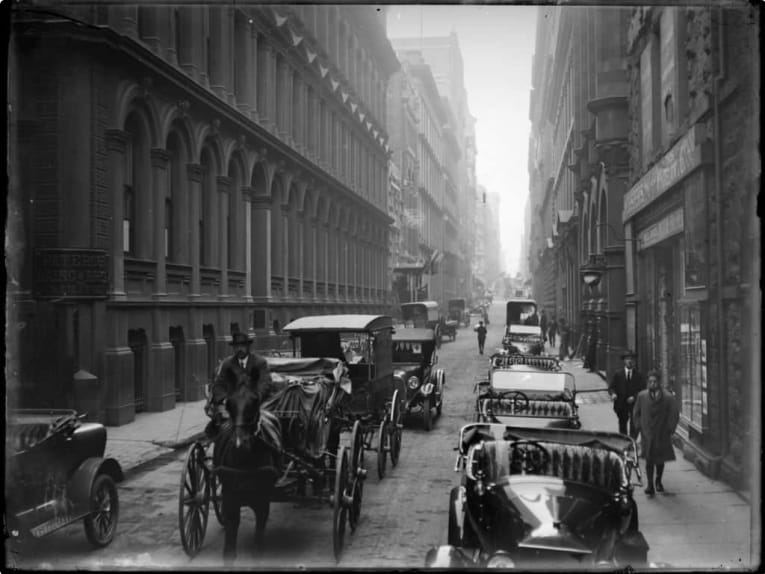
Moreover, the narrow ‘little’ streets easily became slums, particularly as the city grew rapidly after the Gold Rush. Yet, they also allowed for vibrant shopping districts, including Melbourne’s Chinatown (the longest contiguous Chinese settlement in the Western world), and the ‘rag trade’ of Flinders Lane. Today, Melbourne’s ‘little’ streets are a part of its vibrant laneway culture, lined with local boutiques and hip coffee shops.
Royal Botanic Gardens Victoria:
Better known as the Melbourne Gardens, the Royal Botanic Gardens Victoria is widely considered to be one of the best Victorian-era landscape gardens in the world.
The Melbourne Gardens were established in 1846 by Governor Charles La Trobe, at a swampy site on the south bank of the Yarra River, as part of his attempts to create a ‘enlightened Melbourne’ out of the dusty and muddy early settlement (Bate, Perceptions of Melbourne’s Pride and Glory). The gardens would be an expression of civic pride, and a refuge from the bustling and smoggy 19th century city. Social reformers saw in public gardens the possibility of the moral uplift of the working classes, by encouraging healthful activities such as walking in the fresh air, rather than drinking in pubs and saloons.

The man who would most shape the gardens early history was Ferdinand von Mueller, an emigrant from Rostock, Germany, who was appointed Director of Gardens in 1857. Dr. Meuller (later Baron and Sir) was an academic botanist, passionate about exploring and understanding the indigenous plant forms of the Australian continent. Before and during his appointment as Director of Gardens, Meuller was government-botanist of Victoria, and had joined several exploring missions into the Australian interior. (He was also an active member of the Exploration Committee that sponsored the Burke and Wills expedition, though (rather wisely) he was against the choice of Burke as its leader). He is regarded as largely responsible for international recognition of Australian science in the 19th century.
Mueller’s approach to the park was educational and scientific, rather than aesthetic. He established the National Herbarium of Victoria, an important collection of dried plants, fungus, and algae, from Australia and around the world.
However, Mueller’s approach to the gardens came under criticism from influential Melburnians in the 1860s. They wanted the garden to be a beautiful space of recreation and respite, and criticised Mueller’s scientific emphasis as creating an unattractive park. The daily newspaper, the Argus complained that ‘he has either no eye for symmetry of design, or sylvan or floral beauty, or else he most signally fails to make use of it’. In an appeal to the xenophobia of the new colony, the Argus claimed that as a German, Mueller could not be a great gardener, as it is ‘well known that British gardeners were pre-eminent.’
Mueller defended his work, claiming that the gardens should not be expected to combine science and landscape. This failed: in 1873, Mueller was dismissed from his post and replaced by William Robert Guilfoyle, a landscape designer and botanist.
The decision started a feud between the two botanists. Prior to his dismissal, Mueller had praised Guilfoyle’s abilities, and even named a genus of plant Guilfoylia. Afterwards, he dismissed Guilfoyle as ‘nurseryman [with] no claims to scientific knowledge whatever’, and abolished the Guilfoylia genus in his next survey of plants in 1882. Reputedly, Mueller never entered the gardens again.
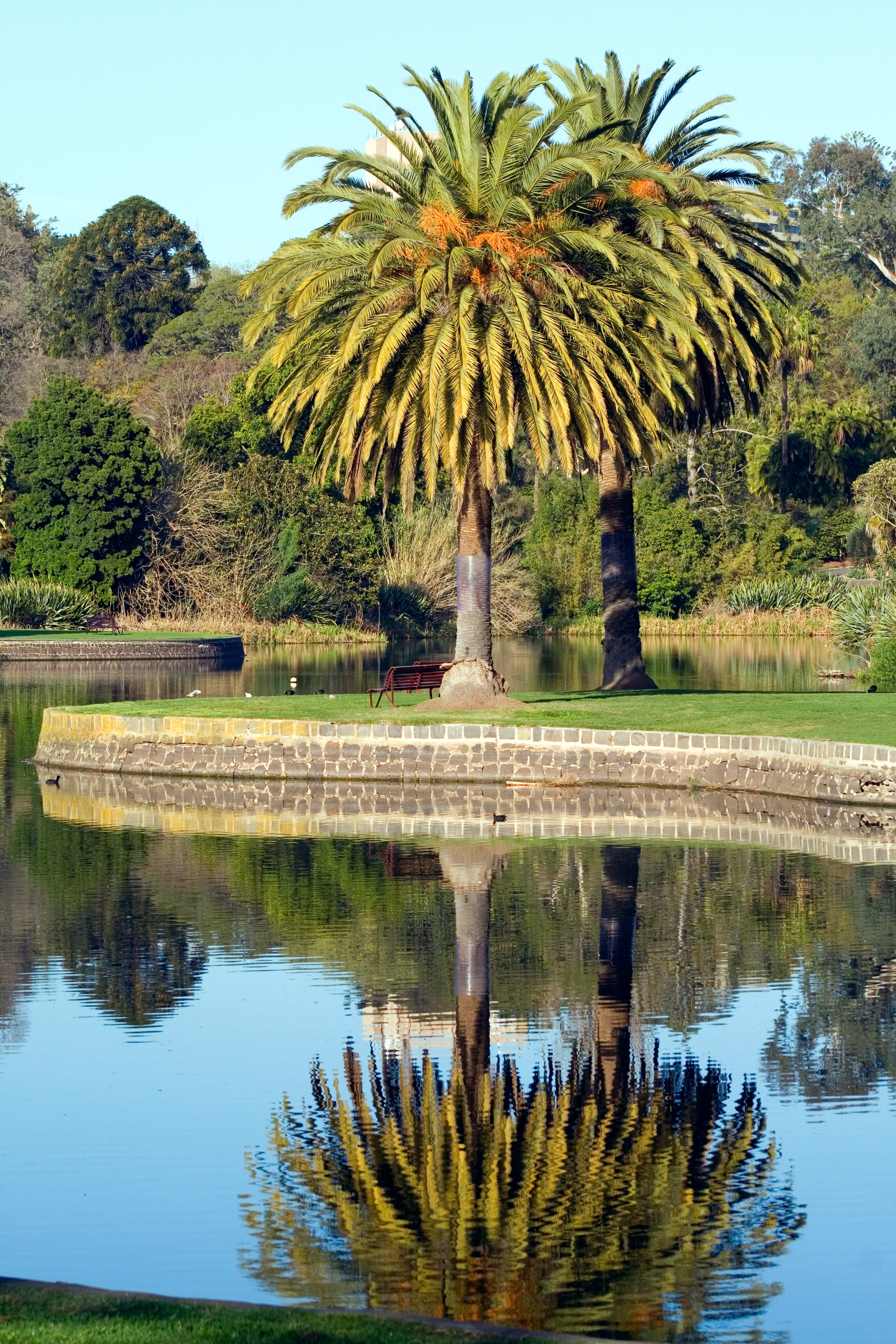
Guilfoyle shaped the ‘picturesque’ garden that we see today, creating sweeping lawns, turning billabongs into lakes, and arranging foliage in a naturalistic style. He built several summer houses and bandstands, and established the Temple of the Winds, dedicated to Governor La Trobe.
Guilfoyle’s style proved to be popular with the people of Melbourne. ‘The pride and glory of Melbourne may fairly be said to be the Botanical Gardens’, claimed the Official Handbook and Guide to Victoria in the lead up to the 188o exhibition. Moonlight charity concerts were permitted in summer, giving the gardens a permanent place in Melbourne’s social life. The park received praise from international visitors, including the pianist and future Prime Minister of Poland Ignacy Jan Paderewski, who declared that Guilfoyle had done with trees what a pianist tried to do with music, and Sir Arthur Conan Doyle, who described the gardens as the most beautiful place on earth.
Since Guilfoyle’s death in 1909, the Melbourne Gardens have maintained and consolidated his vision. They are a major draw for visitors, and remain at the heart of city life today.
The Yarra River:
Winding two 242 kilometres from Mt Baw Baw at the southern end of the Great Dividing Ranges to the muddy flats of Port Philip Bay, the Yarra River has been the lifeblood of Melbourne for thousands of years.

To the traditional owners of the land that would become Melbourne, the Wurundjeri people, the Yarra was known as birrarung, ‘river of mists and shadows’. They camped on both sides of the river, particularly around present-day Government House and the Melbourne Cricket Ground (MCG), catching eels in the swamps and lagoons of the river, and fishing using funnel shaped fish pots. They created bark canoes by cutting bark from trees – the scars of which can still be seen in several trees in the Melbourne suburbs, with trucks revealing the long, rounded canoe which had been cut away (Blainey, The Story of Australia’s People, 138). The name ‘Yarra’ is attributed to early surveyor John Wedge, who is said to have asked the Wurundjeri what they called the river – to which they replied ‘yarro yarro’, it flows.
From first settlement, the Yarra would be the heart of the new city. John Batman made his infamous treaty purchase on the banks of the Yarra on 30 August, 1835. Soon afterwards, the first settlement was established on the south bank of the river.
The early settlement’s main port was established at Queensbridge Street, now in the heart of the city, where saltwater met freshwater at the Yarra Falls. Ships travelled upstream to the falls, while the freshwater above was used by early Melburnians for drinking and bathing. Early commercial development clustered near the port, establishing the current location of the city centre. With the outbreak of the Gold Rush in the 1850s, the southern bank of the river became a tent city for new migrants.
In the early days of the river, people crossed by ferry or punt. The first bridge – at the Swanston Street/St. Kilda Road crossing – was a timber structure built 1845. The Princes Bridge, modelled on London’s Blackfriars Bridge, was opened in 1888.
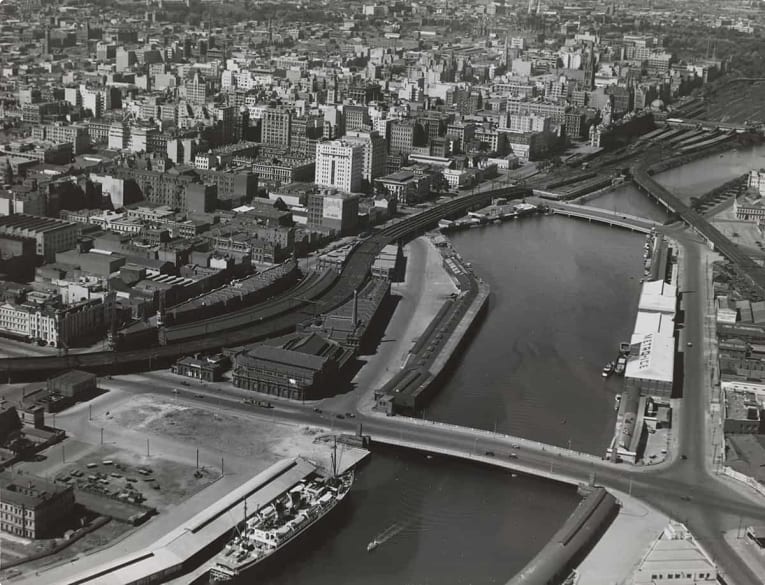
From 1879, the course of the lower Yarra was altered in order to prevent flooding. The wide loop in the river, west of what is now Docklands, was eliminated thanks to the Coode Canal, a major feat of engineering by the British engineering expert Sir John Coode, involving 2000 workers over a total of 20 years.
The late 19th century saw industry develop around the upper reaches of the river, establishing working-class neighbourhoods such as Collingwood, Fitzroy, and Richmond. By contrast, fashionable homes – such as Como House in South Yarra – were built on the south side. The river became polluted, with one Scottish visitor in the 1890s complaining that it was ‘the filthiest piece of water I have ever had the misfortune to be afloat on’.
In the 20th century, the city turned away from the river. The increasing size of ships meant that the port moved downstream, and Melburnians no longer paid attention to their river. The one exception was the Henly-on-Yarra regatta, which has been held every spring since 1904. In the interwar years, the regatta was a highlight of Melbourne’s social calendar, and a place to promenade the latest fashions, attended by over 300, 000 in 1925.
By the 1960s and 1970s, interest in the river reemerged, and a number of community groups devoted to its interest were established. Support for the revitalisation of the Yarra became official with the building of the Victoria Arts Centre theatre by the river in 1973. The Melbourne Docklands urban renewal project began in 2000, while Federation Square and the Birrarung Marr park were designed to connect Melbourne’s CBD to the river.

Today, the Yarra River bustles with walkers, bars and restaurants, and cruises, the (as visitmelbourne.com puts it), ‘the undisputed social heart of marvellous Melbourne.’
Odyssey Traveller’s tour of Melbourne is designed for mature and senior travellers, who want an in-depth experience of their destination. Our Melbourne tour traces the history and architecture of 19th century ‘Marvellous Melbourne’. We combine informational sessions with experts in the morning, with a walking tour of the city with our experienced tour guide in the afternoon. Staying in the Windsor Hotel, the grandest hotel in Marvellous Melbourne, our tour captures the atmosphere of the Victorian age, visiting Old Melbourne Gaol, Queen Victoria Market, the State Library, and the elegant arcades of the city centre.
Readers with an interest in Melbourne’s history may also be interested in our guided tour of Victoria, which spends three nights in Melbourne as part of a broader tour, focusing on 19th century Victoria. We learn about the history of the Gold Rush on a city tour of Ballarat and Sovereign Hill with a local guide; visit the Murray River port of Echuca, and enjoy a winery tour on a day trip through the Yarra Valley. Our private tour also makes a day tour of the city of Bendigo, and visits the heritage towns of Castlemaine and Daylesford.
Articles about Australia published by Odyssey Traveller:
For all the articles Odyssey Traveller has published for mature aged and senior travellers, click through on this link.
External articles to assist you on your visit to Victoria:
Selected small group package tours
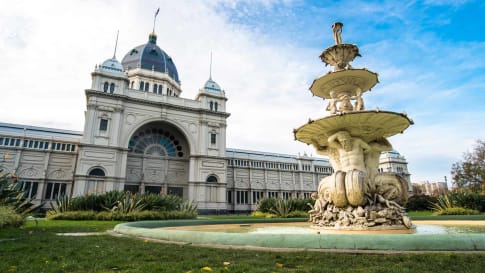
days
Feb, Mar, Apr, May, Aug +3Small group tour of Melbourne
Visiting Victoria
Explore and learn about the Victorian history of Melbourne over a week. For the senior traveller, a small group tour holiday package to Melbourne city, limited to 12 travellers.

days
Mar, May, Aug, Oct, Jan +1Small group tour of Victoria for Senior travellers
Visiting Victoria
This 16 day escorted small group tour of Victoria for the senior or mature traveller who enjoys learning whether as a couple or solo traveller explores an area of central Victoria that is rich in historic houses, gorgeous gardens and some amazing art.
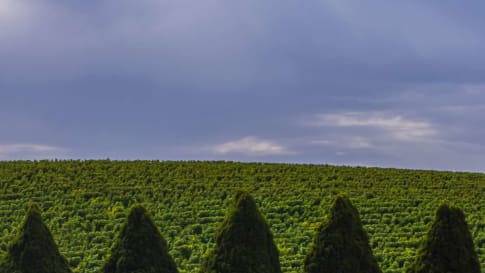
days
May, Aug, Sep, Oct, Nov +3Small group holidays to Adelaide and surrounds
Visiting South Australia
Explore and learn about on a small group tour of Adelaide city and its pastoral, cultural and historic settlement. Visit Fleurieu Peninsula, the Barossa valley, learn about William Morris and the arts and craft movement in the Art gallery and National trust houses.
Articles about Australia

Arcades of Melbourne, Victoria
Learn about the Melbourne arcades from the bygone era of Victorian wealth, fashioned after the arcades of Paris. This small group tour to Melbourne for mature and senior travellers.

Ballarat, Victoria
Ballarat is part of a series of regional towns explored and learnt about on a small group tour for mature and senior travelers into regional Victoria. The program examines the history of the gold rush and the wealth created that enabled the grand houses to her built that we visit. You can read all of the Australia articles published.

Benalla, Victoria
Learn about Benalla, part of a collection of articles about Victoria. You can learn more on a small group package tour for mature and senior travelers, couples or singles interested in the history of Victoria and Melbourne. Since 1983 we have been offering educational style touring to seniors.

Bendigo, Victoria
Bendigo is part of a collection of regional Victorian centres explored on this regional tour of Victoria. Bendigo's wealth was created by gold. This small group tour for mature and senior travellers explores this theme and the houses built, many now National trust properties from this period. This article is one of many prepared by Odyssey about Australia.
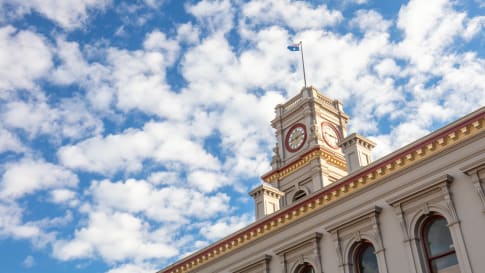
Castlemaine, Victoria
Castlemaine is part of our Victoria small group package tour into the region following the gold rush. Structured as a small group tour for mature and senior travellers, couples and singles. This program is part of a collection of tours of Australia focussed on History, wildlife and landscape.

Echuca and Murray-Darling Trade, Victoria
The wool trade along the Murray was vital to British-Australia. Echuca was a major port for paddle steers. Learn and explore more on a Odyssey Traveller small group package tour of Victoria and the goldfields for mature and senior travellers, couples or singles with a curiosity. Understand the relationship of the Murray river to Echuca to Adelaide and Mildura.
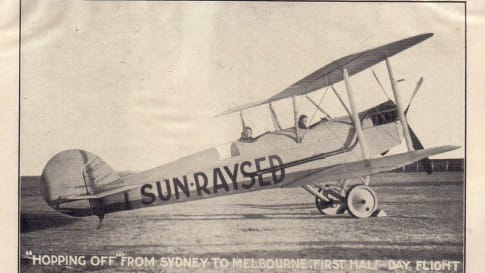
Mildura, Victoria
Mildura has a unusual feel when you reach the town, wide boulevards feel unusual for Australian rural towns. This article begins to explain the unusual story about this town. Mildura is part of an Odyssey Traveller small group tour for mature and senior travellers, couples and singles who are interested in the history of a place. This is our collection of tours inAustralia.
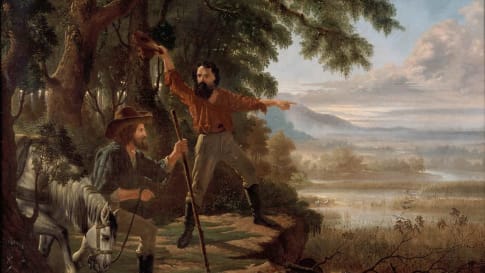
The Burke and Wills Expedition, 1860-61
Learn on a small group tour of central Australia for active mature or senior travellers from Broken hill about Burke and Wills ambitious expedition. Suitable for mature aged couples or solo travellers.

Victorian architecture of central Melbourne, Australia
Melbourne is one of our two, week long city explorer programs. The other program being Adelaide. These are small group tours for mature and senior travellers, couples and singles interested in Colonial history of the two centuries. They form part of a collection of Australian learning tours.

